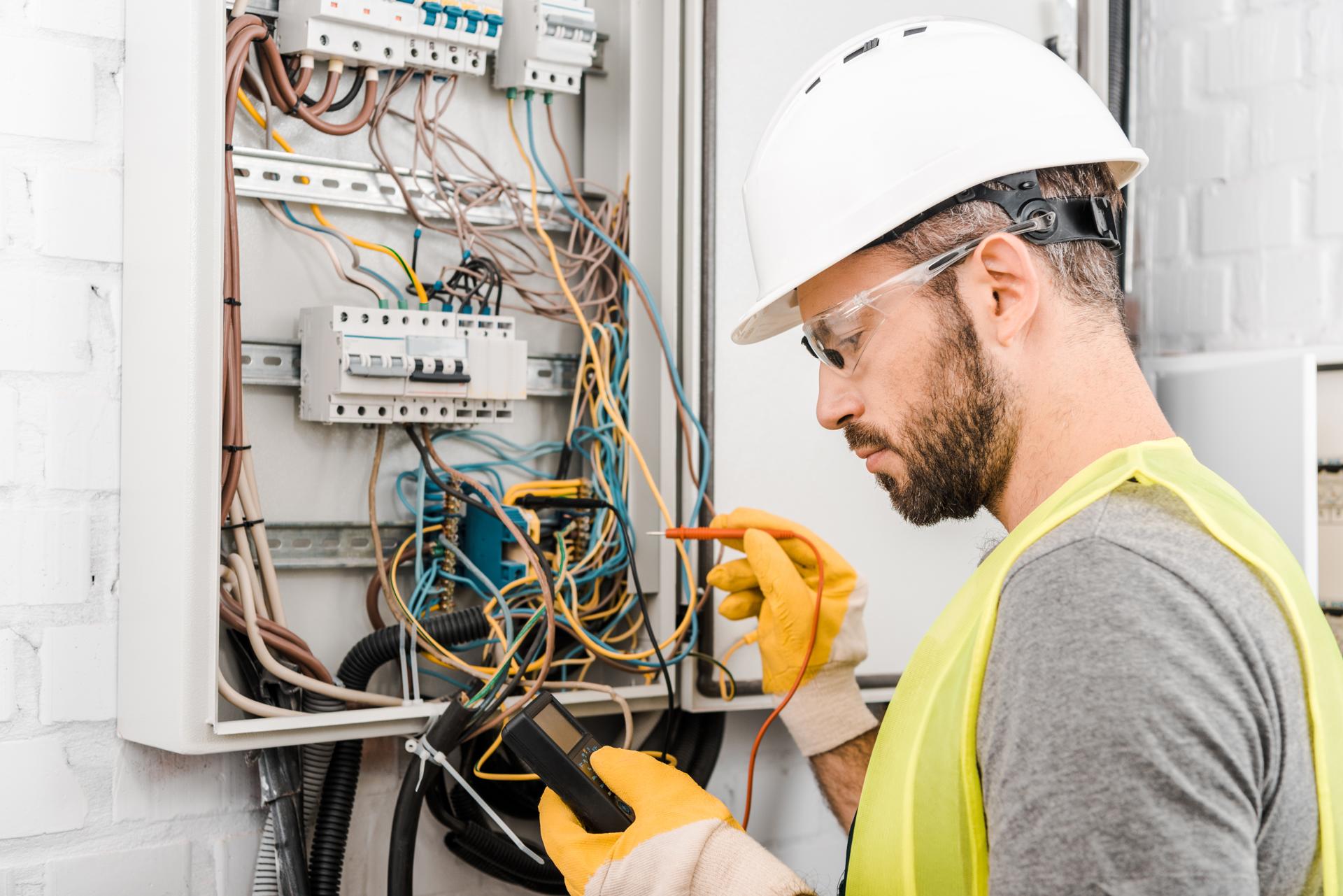Demystifying Electrical Wiring: A Layman's Explanation of How It Works in Your Home

Electricity is an essential component of our daily life, powering everything from the lights of your homes, to devices that we use each day. However, electricity systems are a bit complicated making it difficult to understand how they function can be difficult. In this article we’ll breakdown the components of an electrical system and describe how circuits function to power devices and appliances. Our residential electricians can handle any electrical jobs you need.
The components of an electrical system
A home’s electrical system includes a number of important components that work to provide power throughout the home. These include:
Breaker box is the central source of electrical power in a home in which the power is split into various circuits
Outlets and switches: the places where electricity is delivered to appliances and devices
Wiring: the wires that transport electricity from the breaker box, to the outlets and switches
Electrical appliances and devices: the devices and appliances that use electricity for their functions.
Electrical Circuits
The term "electrical circuit" refers to a path that lets electricity flow from the main source (the the breaker box) to the appliances and devices in a home. There are two kinds of electrical circuits in homes that are 120-volt and circuits with 240-volt voltage. 120-volt circuits are used for the majority of household appliances and appliances, while 240-volt circuits are used to power larger appliances, such as dryers, air conditioners and electric ones.
Electrical circuits function by creating an electrical loop that allows power to flow from the source into the appliance or device. The loop consists of a hot wire which transports the power, a neutral wire that completes the circuit as well as the ground wire which provides an avenue for the electricity to get to the ground in case there is a problem.
Understanding the electrical Wiring
Electrical wiring is available in many kinds, such as non-metallic sheathed wire (NM) and armored cable (AC), and conduit. Each kind comes with its own pros and disadvantages and the selection of the type of wiring is based on the particular requirements that the location requires.
Electricity travels through wiring by creating a flow of electrons through the wire. The electrons travel between the origin and the appliance or device and then back to the source using the neutral wire. It’s essential to ensure that the wiring is installed and maintained correctly, as faulty wiring can lead to electrical hazards like shocks and fires.
Common Electrical Problems
Common electrical issues at home include tripping breakers, flickering lights and electrical outlets that are not working. These issues can be caused due to a variety of reasons that include overloading circuits, broken connections, and defective wiring.
If you are experiencing any of these issues it’s essential to identify the source and take action to fix the problem. In some cases this could mean contacting a licensed electrician to inspect and repair the wiring.
Concluding as well as a Call to Action
Understanding how electrical wiring works is vital to ensure the safety and reliability of your home’s electrical system. By following the guidelines outlined in this guide, you can stay secure and stay clear of potential dangers.
In case you’ve got any questions or concerns regarding your home’s electrical system do not hesitate to call Electricians of South Auckland. Our licensed electricians have the knowledge and expertise to meet your electrical needs. Contact us at 0800 570 081 to schedule a consultation.
FAQ
What are the indicators of a faulty electrical wiring?
Signs of faulty electrical wiring can include tripping breakers, flashing lights, and dead outlets, among others.
What is the best time to have the electrical system of my house checked?
It’s recommended that you ensure that your electrical system is examined by a licensed electrician each 10 years.
What is the lifespan of wiring that is electrical?
The lifespan of electrical wiring depends on several factors, including the type of wiring used, the setting it’s placed in, and the standard of the installation. In general, electrical wiring lasts up to 30-years or longer, with correct installation and care.
Do I have the ability to fix electrical issues by myself or should I hire an electrician?
Although some electrical issues are fixable by homeowners, it’s advised to hire an authorized electrician to complete most electrical repairs. Attempting to fix electrical problems with no proper training or knowledge can be risky and may cause injury or damage to your home.
What do I do if have an electrical issue in my home?
In the event of an electrical problem the first step is to cut off power to the affected location by turning off the breaker or fuse. Contact an accredited electrician to look into and fix the problem as quickly as possible.
If you follow these tips, you can ensure the safety and reliability of your home’s electrical system and prevent possible dangers. Remember, when you need repairs to your electrical system or installations, it’s recommended to rely on the professionals. Contact Electricians of South Auckland at 0800 570 081 for all your electrical concerns.
